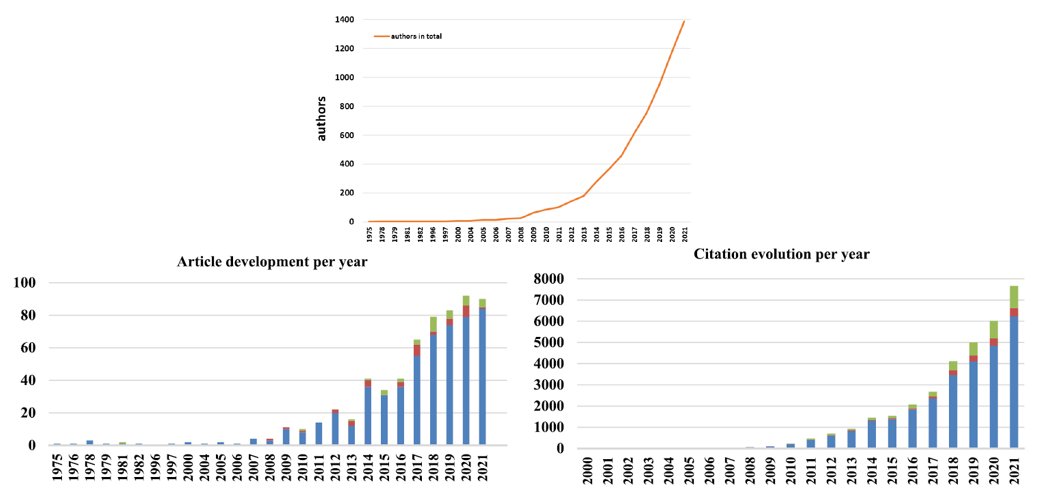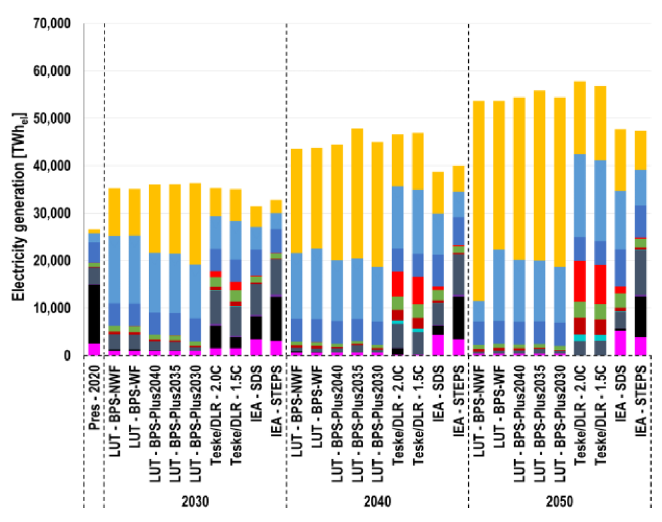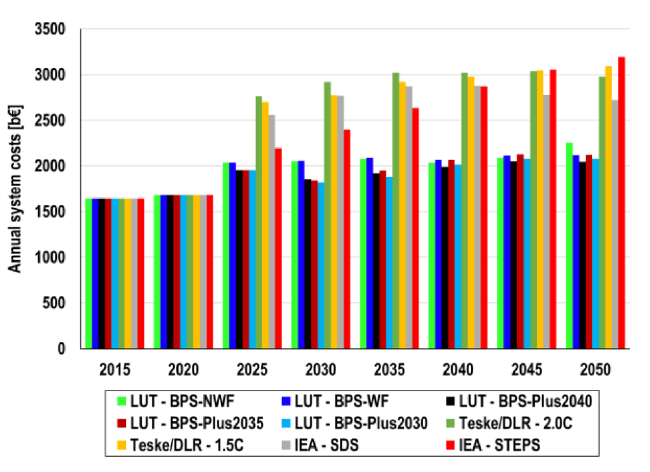
/1 new research @UniLUT on #100RE bibliometrics ieeexplore.ieee.org/document/99446… Key insights: 550+ articles known; research field is growing with 26%/yr in research output for more than a decade and more than 1400 authors have been involved so far. 2021 articles counted until mid-2021. 

/2 Europe, the US and Australia are the global research centers for #100RE, while a huge research gap for Global South countries still limits the impact of the research findings. Research from Global South for Global South is even more limited. 

/3 most applied energy system models for #100RE are EnergyPLAN (74), LUT-ESTM (63), HOMER (22), TIMES (19), PyPSA (16), LOADMATCH (10), REMix (10), GENeSYS-MOD (10) - all others are below 10 articles. Balmorel articles were detected just recently. 

/4 leading scientific journals in the #100RE field are Energy (91), Applied Energy (67), Renewable Energy (57), Energies (51), Renewable and Sustainable Energy Reviews (42). 

/5 leading teams according to published articles in #100RE are Breyer (74), Lund/Mathiesen (40), Greiner (27), DLR (26), Jacobson (22). Danish Technical University using Balmorel would be around (20) with newly detected articles. 

/6 comparing top20 research organisations in #100RE to top20 in overall energy system modelling reveals a blind spot of otherwise leading organisations, as only @aalborg_uni & @chalmersuniv are in both rankings. #100RE community lacks diversity in gender and Global South. 

/7 key teams have broad research cooperation among them, but also with less connected teams, while some teams in #100RE are not yet cooperating much with others in the field. 600+ references with almost all to #100RE research is cited and provided in the supplementary (tab Media) 

/8 @KhaliliSiavash @ProfHLund @BrianVad @poulalberg @nworbmot @martavictoria_p @SvenTeske @ElsevierEnergy @AoifeMFoley @energies_mdpi @PaoYuOei @AukeHoekstra @WillettKempton @ProfStrachan @Ma_Deutsch @solarpapst @kei_sakurai @nduic @gelderon52 @efesce @EnergyDodo @PhilBlech
• • •
Missing some Tweet in this thread? You can try to
force a refresh






